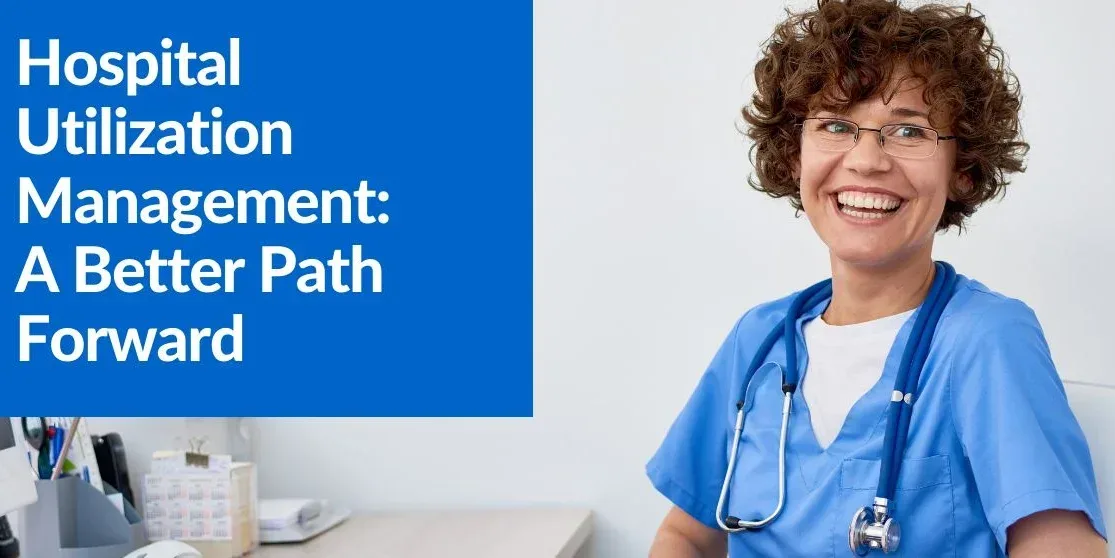Hospital utilization management is often a complex topic for providers.
On one hand, this process plays an important role in managing resources, finding savings opportunities, and efficiently delivering care to patients. On the other, hospital utilization management can feel like an administrative burden that takes time away from direct work with patients.
Let’s quickly explore a more thorough definition of hospital utilization management. Then, we’ll look at how technology has the power to change and improve utilization management in hospitals.
What is Utilization Management in a Hospital?
Utilization management for hospitals and healthcare organizations refers to the use of care management practices to accomplish a few key goals:
- Ensuring the appropriateness of care provided
- Limiting the cost of care to payers
Techniques like prior authorization and utilization review (sometimes referred to as concurrent authorization or emergent authorization) both play key roles in utilization management. Ultimately, the goal is to ensure any patient care provided has clear, demonstrated medical necessity behind it.
Let’s differentiate a few potentially confusing sound-alike terms. Utility management in hospitals is a distinct practice. It focuses on assessing, improving, and protecting the systems that allow a hospital to operate, like electricity and running water. Hospital supply utilization management, meanwhile, focuses on the hospital supply chain.
While both of these processes are crucial for successful operations, they don’t directly relate to managing the utilization of care.
How Hospital Utilization Management Software Can Transform Operations
Unfortunately, many clinicians find utilization management has become too bureaucratic of a process. It supports improved efficiency and cost savings for payers and for the hospitals themselves, as RevCycleIntelligence explains. But it also often feels very burdensome.
Hospitals have the power to change their approach to utilization management. Using the right software can both reduce administrative burden and support better patient care. How is that possible?
By using software solutions that incorporate artificial intelligence and predictive analytics, hospitals can shift the administrative burden. Automated processes can quickly, consistently, and accurately make medical necessity determinations. At the same time, skilled clinicians can focus on complex cases that need their attention.
AI can gather all patient data for analysis and make those results available in real time. That means hospitals gain better insight into current cases. A clear view of medical necessity is developed for each and every patient.
The right software can also improve communication with payers, strengthening these relationships in a positive way. The right software can make pertinent clinical information available to everyone, focusing on what’s relevant to patient status. Instead of playing phone tag, faxing documents, or waiting for an email response, all stakeholders can review patient-specific details quickly and easily.
Finding the Best Hospital Utilization Management Software for Your Organization
Xsolis’ Dragonfly Utilize solution was designed from the very beginning to support the utilization management needs of hospitals and health systems. And it has evolved over time to better serve customer needs, including a payer view, and more advanced case management analytics that can be delivered in seamless workflows to help drive improvements throughout the larger revenue cycle. Your facility can enjoy the benefits of best in class utilization management technology practices, plus No. 1 Best in KLAS services. At the same time, it can cut down on the administrative burden placed on clinicians and improve communication with payers.
Want to learn more about transforming your approach to utilization management? Schedule a demo today.
